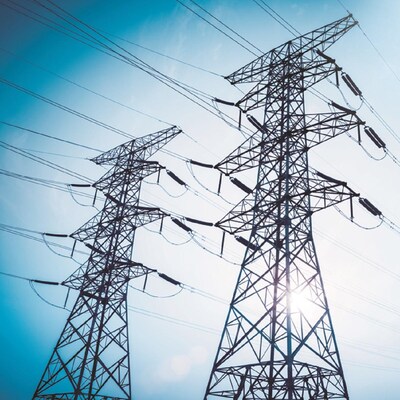[ad_1]
Power demand in the country will grow at a higher rate of 15GW per annum for next six years compared to 11GW per annum in last one decade, a senior government official said on Friday.
By 2030, about 85 GW of additional demand will be added during the solar hours and during the non solar hours more than 90 GW will be added to the peak demand, said Additional Secretary Power Srikant Nagulapalli at an Industry Conclave organised by IEEMA.
“… The CAGR may not reflect these numbers truly, but if you see the absolute numbers it’s a big jump and to meet this growth, substantial expansion of our coal capacity and along with solar, wind, storage and also transmission capacity is being undertaken,” Nagulapalli added.
Nagulapalli noted that “India’s peak demand grew at an average of 11GW for the last 10 years and going forward for the next 6 years, we expect that the demand is going to grow at an average of 15 GW per year.”
He further stated that approx 40 GW will be through storage. “By 2030, we intend to rely on storage capacity, be it long storage batteries to supply our non solar hour peak,” he said.
The Ministry of Power has set a target of 500 GW capacity from non-fossil fuel-based sources by 2030.
“… We have already crossed 200 GW (RE capacity addition) and additional 300 GW has to be realised in the next 6 years, of this (300GW) almost 225 GW will be from solar and wind,” he said.
On capacity addition, he said this plan prioritises the RE zones of Rajasthan, Gujarat, Karnataka, Madhya Pradesh etc. as there are large chunks of solar potential lands available.
He also talked about plan to install offshore wind farms near Gujarat and Tamil Nadu coast and added that the country is also gearing up to add green hydrogen capacity in a big way especially coastal areas of Odisha, Gujarat, Tamil Nadu and so on.
“We have large demand that is going to come from EVs and also data centres,” he pointed out.
Together with the electrification of the economy all these will drive the demand that is going to come up in the near future, he stated.
The whole country, if you see, is connected into a single grid running on single frequency and it is capable of transferring 170 GW power from one end to another even remote regions in Arunachal and Ladakh are connected.
He noted that the government is promoting the storage through PSPs (pumped hydro storage projects) and batteries.
“We aim for 40 GW of BESS (battery energy storage system) and 19 GW PSP capacity in next 6 years and in the budget also an announcement made that a new PSP Policy would come to push PSP projects,” he stated.
The government has also improved about 4GWh of BESS through VGF (viability gas funding). Beyond this we are creating a policy framework for bringing battery energy storage systems in a short-term in a big way, he added.
(Only the headline and picture of this report may have been reworked by the Business Standard staff; the rest of the content is auto-generated from a syndicated feed.)
First Published: Aug 23 2024 | 4:04 PM IS
[ad_2]
Source link

